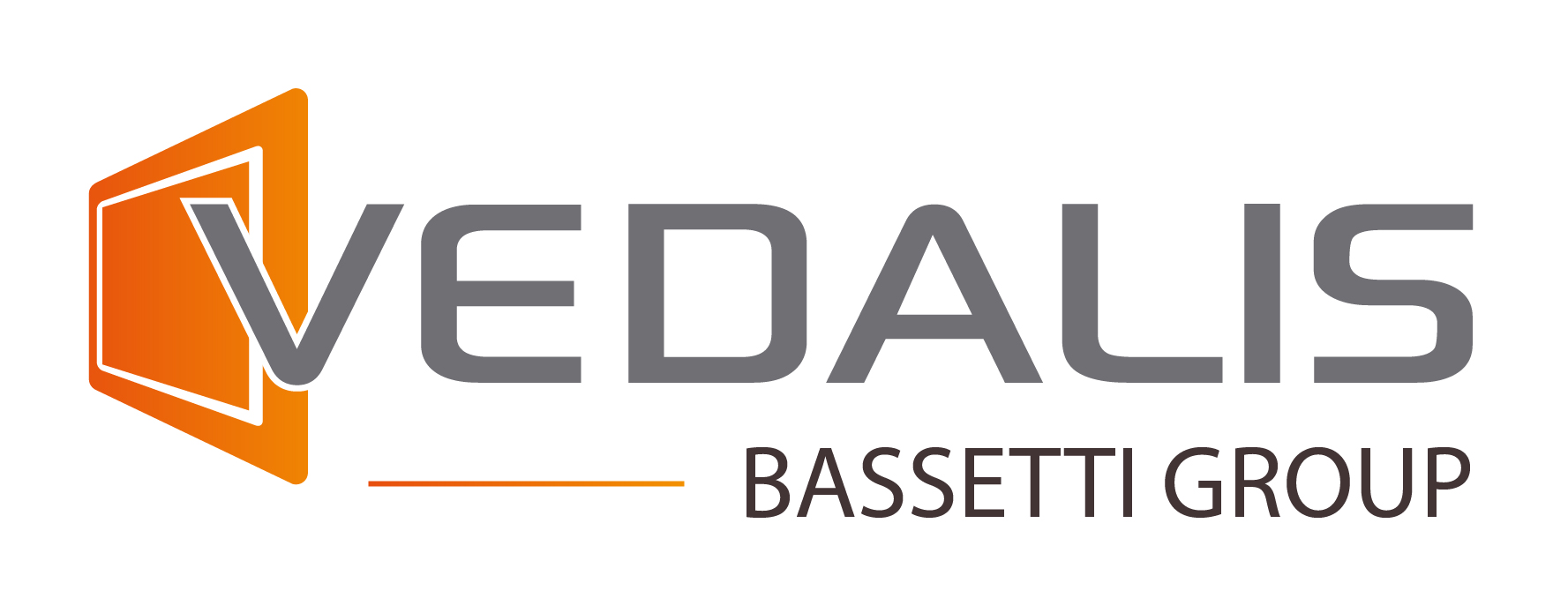
The heart of KM keeps knowledge flowing, and that heart has two chambers.
You can think of the organisation as a body, and knowledge flowing round the organisation like blood flows round a body. But what is at the heart of KM? Is it knowledge sharing? Is it communities of practice? Is it knowledge creation?
The answer is that if there is a heart, it is not a single thing, but two chambers working together. The two chambers are our old friends Connection and Collection; the Connect and Collect routes for knowledge transmission through Conversation and Content respectively.
Connection
Connection refers to connecting people so that they can share knowledge between them; through discussion and conversation.
In the Connect route, Knowledge is transferred through conversation – either face to face or electronically mediated.
It can be supported by processes such as Peer Assist, Knowledge handover, knowledge exchange, knowledge markets, knowledge cafes, action learning, after action review, mentoring, coaching, and communities of practice.
It can be supported by technologies such as collaboration tools, people-finders, community forums, webex, telephone and skype.
Collection
Collection supports knowledge transfer through collecting documented knowledge, synthesising it, sharing it and making it findable.
In the Collect route, Knowledge is transferred through documentation (« Knowledge capture »), through organisation and synthesis of that documentation, and through connecting the user with the documents, through search or through push.
It can be supported by processes such as Retrospect, Lesson Learning, Interview, creation of Knowledge Assets, and Knowledge Synthesis.
It can be supported by technologies such as portals, lessons management systems, search, semantic search, blogs and wikis.
You Need both routes!
In the past, Connect and Collect have been positioned as opposites, for example in the rival Personalisation vs Codification strategies described by HBR.
However they are not opposites; they are two sides of the same heart. The two different approaches address different sorts of knowledge, both of which exist in your organisation.
The Collect route is ideal for relatively simple non-contextual knowledge which needs to reach a large audience, for knowledge that needs shelf life, for knowledge where no immediate user is available, and for knowledge which needs compiling and processing (such as lessons).
The Connect route is necessary for complex knowledge, advanced knowledge, deep skills, and highly contextual knowledge.
Collection without connection results in bland knowledge bases which answer basic questions, but often lack nuance and context.
Connection without collection preserves no corporate memory, and runs the risk of overloading the experts with basic questions, and of loss of knowledge as the experts retire.
In reality, the two chambers of the heart work together.
People can unite around collections of knowledge, connected people can collect what they collectively know. Conversation is where content is born, and content is something to talk about. In combination, both Connect and Collect drive the engine that makes knowledge flow.
Keep the two chambers of Connection and Collection at the heart of your Knowledge Management strategy if you want to succeed!
Source: « The two chambers of the KM heart« , nickmilton.com, by Nick Milton 24/09/2019



